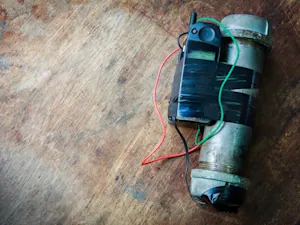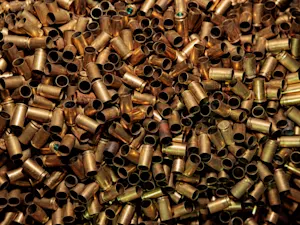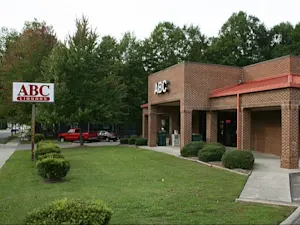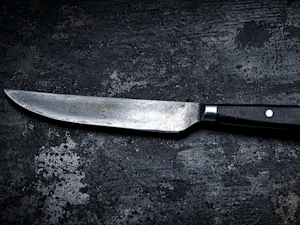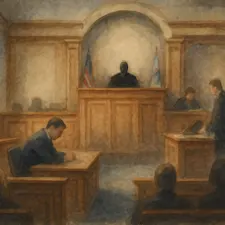
The Tragic Cleveland Clinic Fire of 1929
On a quiet spring morning in 1929, something unimaginable happened at the Cleveland Clinic in Cleveland, Ohio — a fire that would go down as one of the worst hospital disasters in American history. But what caused it, and how did it change things for hospitals everywhere?
What Started the Fire?
It all began around 11 a.m. on May 15, 1929. Workers noticed a steam leak in the basement of the Cleveland Clinic, where X-ray films were stored. Made of a dangerous material called nitrocellulose, these films happened to be extremely flammable. Just 30 minutes later, the worst-case scenario happened — the films caught fire, likely because they were too close to a hot light bulb.
But this wasn't just any fire. As the films burned, they released deadly gases, including phosgene and carbon monoxide, filling the clinic with toxic fumes.
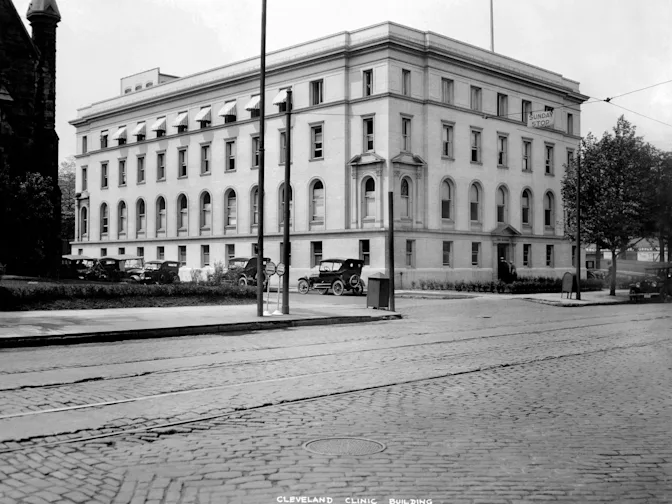
Original Cleveland Clinic Building circa 1921. Photo courtesy of the Cleveland Clinic under CC BY4.0.
Why Did the Gas Spread So Quickly?
The design of the building made everything worse. The toxic gas spread through pipes, stairwells and a large central space called a light well. This area, along with the clinic's skylight, allowed the gas to travel quickly to every corner of the building. People tried to escape, but the gas filled the elevators and stairways, making it nearly impossible to get out.
How Many People Lost Their Lives?
Sadly, 123 people didn't make it out. Most of them were patients and visitors, but 43 employees of the Cleveland Clinic also died that day — many nurses perished in the fire trying to save their patients. Even Dr. John Phillips, one of the founders, lost his life in this tragic fire. Many of the lucky ones who survived sustained significant injuries — both physical and emotional — leaving the whole city in shock.
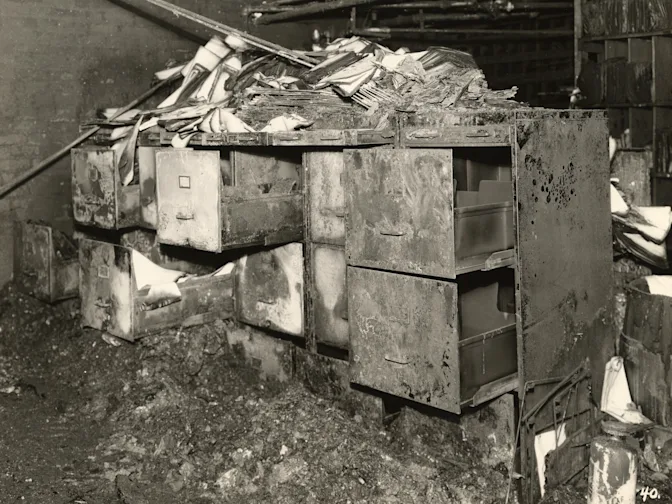
The X-ray file room after the fire. Photo courtesy of the Cleveland Clinic under CC BY 4.0
How Did Rescue Teams Respond?
Firefighters arrived, but they had a tough time getting inside because gas masks weren't standard equipment back then. They broke windows and made holes in the roof to let the poisonous gas escape. Taxis were used to rush survivors to nearby hospitals for emergency treatment since there weren't enough ambulances to handle such a big crisis.
What Happened After the Fire?
The Cleveland Clinic was quickly cleared of any wrongdoing, but that didn't stop the fallout. $3 million in lawsuits were settled out of court for about $45,000. Despite the tragedy, clinic officials worked hard to reopen just five days later in temporary spaces. By 1931, a new outpatient clinic was up and running.
How Did This Fire Change Things?
This disaster made everyone rethink how hospitals should handle safety, especially when it came to dangerous materials like nitrocellulose film. Fire departments began using gas masks, and stricter rules were put in place to prevent future accidents. The Cleveland Clinic fire wasn't just a tragic event — it was a wake-up call that saved lives in the long run.
Even though the fire devastated the Cleveland Clinic and the people it served, the clinic's ability to recover showed its strength and determination. Today, it's one of the top medical institutions in the world, but the lessons learned from that dark day in 1929 still resonate.
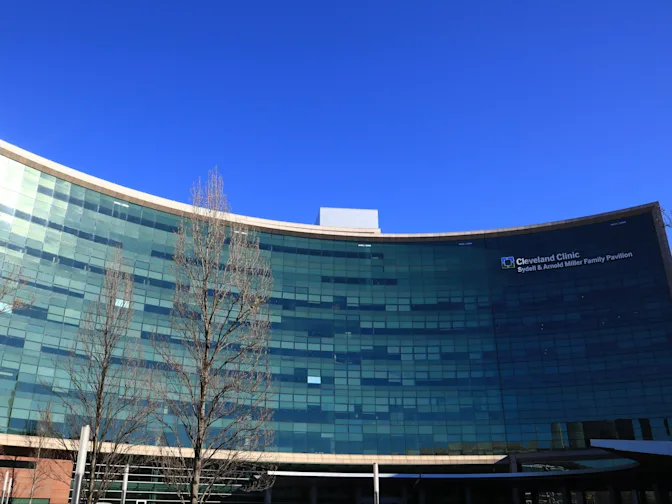
References: Disaster strikes | The Cleveland Clinic X-Ray Fire of 1929 | Cleveland Clinic Disaster | The Cleveland Clinic Fire of 1929








